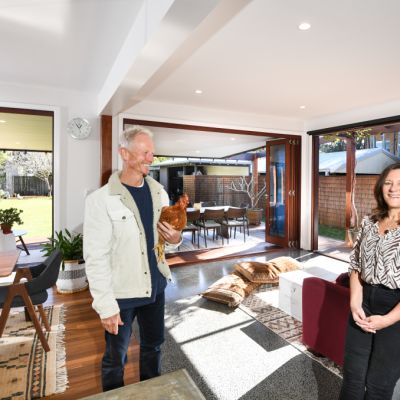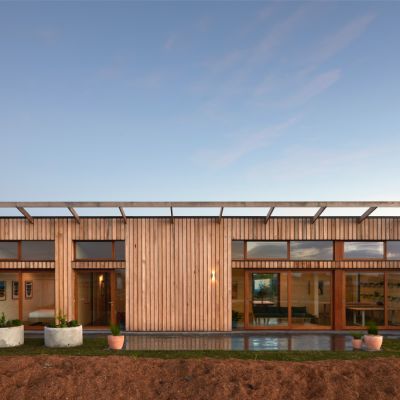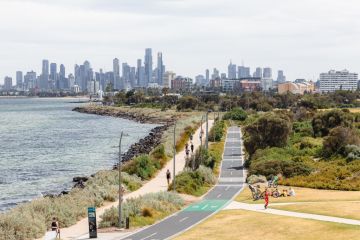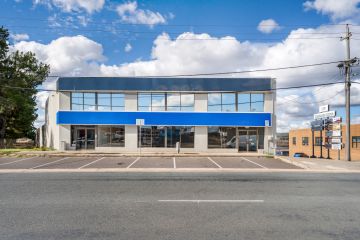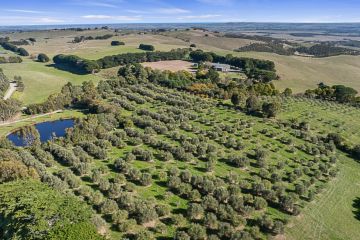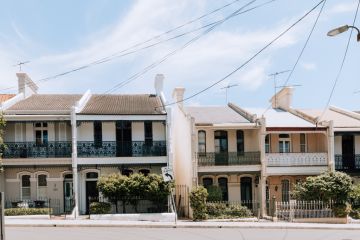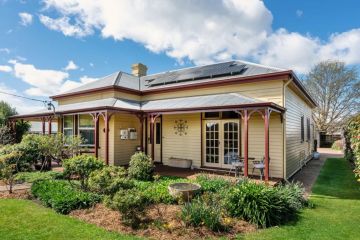Are all energy efficient homes expensive? They don't have to be
When Sydneysider Om Dhungel was searching for a new home, his wish list was relatively simple: he wanted to be part of a close-knit community, and that community needed to be environmentally conscious.
“I’m from Bhutan, so I come from an environment where very well-protected forests and the environment has been a key theme growing up,” he says. “I never thought we could cut down a tree without planting another one. Sustainability was built into everything we ever did.”
Blacktown, in Sydney’s west, had been his home for two decades, so when he discovered NSW’s first 6-star Green Star community, Fairwater, just one kilometre from Blacktown’s CBD, it was like the stars had aligned; not only was it the largest geothermal community in the southern hemisphere, it was also priced well below Sydney’s median house price of $1.55 million. The typical price at Fairwater for a two-bedroom home starts at $695,000 and runs up to $1.2 million for a four-bedroom home.
“We are so fortunate. It’s a beautiful community where cultural sustainability is part of the conversation,” Dhungel says.
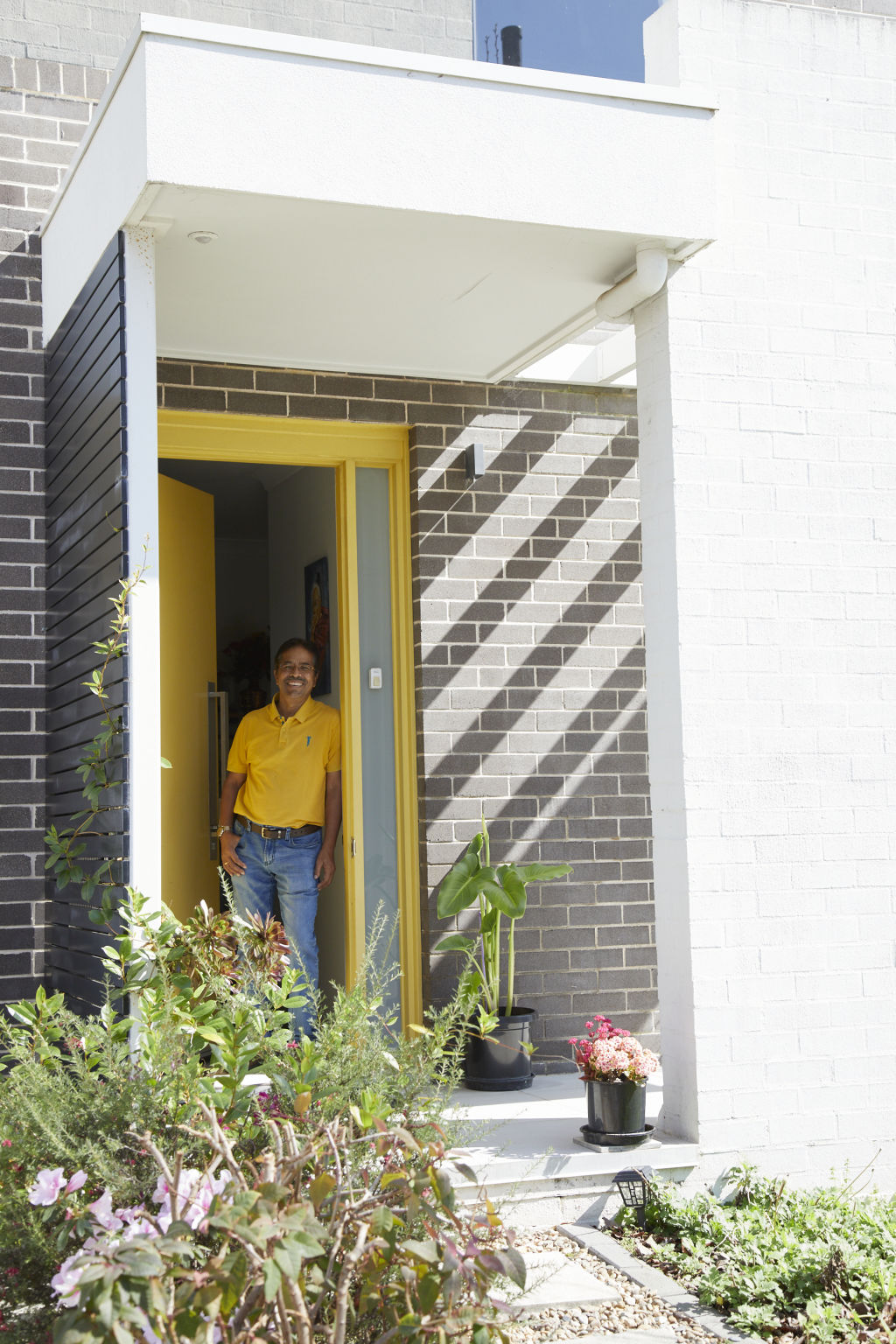
“But also, very clearly, this is not an exclusive multimillionaires sort of estate here. It’s ordinary people who have made that conscious decision and have embedded cultural sustainability into their way of life.
“A lot of people think about climate change as someone else’s responsibility,” Dhungel says. “But you can make small steps and do little things. That’s where I come from on this. It should help people to say, ‘I have a role to play. I can afford this.'”
But it’s often affordability that is the first and main stumbling block when it comes to creating a sustainable home, says Green Building Council of Australia chief executive Davina Rooney.
“We know that wealthy home owners can go crazy with sustainable design, but I think for everyone else, there’s a perception that it can be too expensive or too hard,” she says.
“The evidence shows that eco-friendly homes are less attainable for first-home buyers, considering there is an additional upfront cost when purchasing.
“An approach to encourage and make sustainable homes attainable for all budgets is essential for improving the carbon footprint of our homes and reducing household bills. This could take the form of incentives for developers or home owners to provide greener living; once all homes have an expected minimum standard of inclusions, perhaps there will be less of an impact on price.
“Then there’s the other part of the market, which is, ‘What do I do if I’m in an existing rental? Where do I start?'” she says.
“But there is certainly so much that is accessible to everyone, whether they’re building, renting, living in a new house, an old house or an apartment.”
The payoffs for going green are well worth the effort.
Research from the Domain Sustainability in Property Report, released earlier this year, found properties with energy-efficient features not only sell faster, they sell for a massive premium.
| Houses | Units | |||
| Year | Dollar difference | Percentage difference | Dollar difference | Percentage difference |
| 2022 | $125,000 | 17.10% | $72,750 | 12.70% |
| 2021 | $115,000 | 18.00% | $81,000 | 15.60% |
| 2020 | $85,000 | 15.60% | $81,000 | 16.80% |
| 2019 | $78,625 | 15.30% | $60,000 | 13.30% |
A house with energy-efficient features fetches $125,000 more than a house without, according to the report, and energy-efficient units fetch $72,750 more than a unit that isn’t.
And the premium buyers are prepared to pay for energy-efficient features is increasing: just three years ago the difference was $78,625.
There are also immediate financial benefits.
The Green Building Council of Australia says home features that help you save on bills include:
• solar panels (can help save at least $800 on energy bills per year)
• efficient water fixtures (can save you $463 per year on water bills)
• high-quality LED lights
• double-glazed windows that keep houses warmer in winter and cooler in summer
• increased insulation to reduce heating and cooling costs
“Obviously some of these things are much more expensive undertakings to retrofit than others,” Rooney says.
“But if you’re looking to buy a house for the first time, or upgrade to another home, or even looking for a new rental, there are certain things to look for that might already be there, that can save you loads of money down the track.
“Having a home that’s more energy efficient does not always have to be about immediately spending thousands. Know what to look for.”
What to put on your wish list if you’re searching for a new home to buy or rent
Orientation: “Good bones are really important,” Rooney says. “And what I mean by good bones is, go for orientation. You can upgrade the lights over time; you can put solar in over time; it may be begging for a new kitchen or bathroom, but you can’t change the orientation of a property over time. Go for a property where it’s orientated to the north or north-east, not one that has everything facing west. A well-orientated property will automatically feel cooler in summer and brighter and warmer in winter; it’ll be better ventilated.
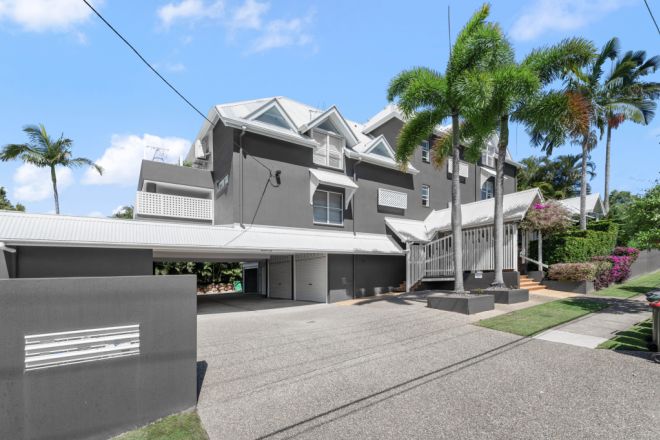
If you’re going to move into an apartment, she says, “Make sure that you do have access to daylight or a comfortable aspect. There’s a very big range between those apartments and what that will look like for your long-term wellbeing – and you won’t be able to upgrade that later.”
Light-coloured roof: “Go for a light-coloured roof. This keeps the home cooler and can reduce energy bills by up to 34 per cent,” Rooney says.
Walkability: “People with a high walkability score live longer,” Rooney says. “Can you walk to public transport, parks, shops and amenities? These factors contribute to the overall energy efficiency of a home.”
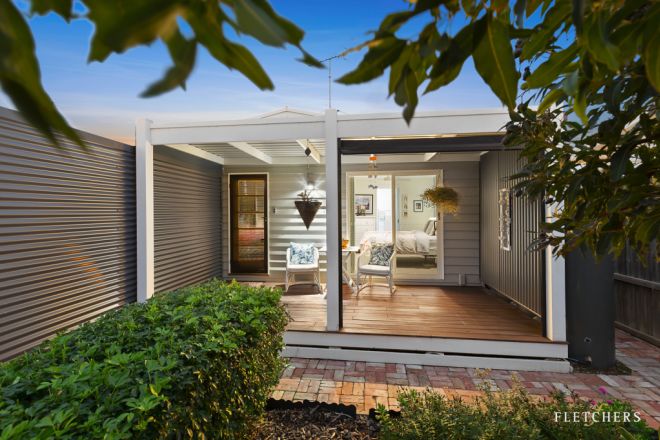
Avoid gas: “If you can, look for a property that does not have gas cooking or heating. No gas means fossil fuels are removed from the home, which is better for your health and reduces asthma by up to 42 per cent. It has the same risks for your kids as passive smoking,” Rooney says. “If you’re buying an apartment, you’d want an electric kitchen or a pathway to an electric kitchen.”
Small upgrades you can make to your home that will make a difference:
“People often ask, ‘How do I make a difference if I’m in an existing rental? Where do I even start?'” Rooney says.
“I say to them: one piece at a time. Upgrade the lighting. Move to the best range of LEDs.
“For those who are renovating on a tight budget, with any kind of upgrade in your bathroom, go for better fixtures that are more water efficient. If you’re painting, go for paints with low toxins because, well, why would you go for paints with high toxins?”
“In a perfect world, if it’s a new apartment, you’re looking at LEDs, energy-efficient appliances. Check it’s EV (electric vehicle) enabled,” she adds.
“It’s one thing at a time – that’s how I did it in my own house – and it all makes a difference.”
We recommend
We thought you might like
States
Capital Cities
Capital Cities - Rentals
Popular Areas
Allhomes
More
